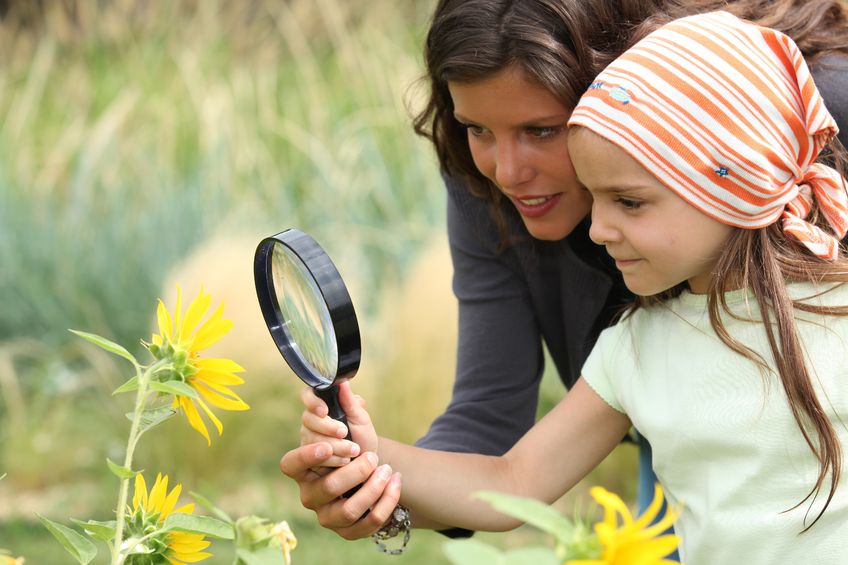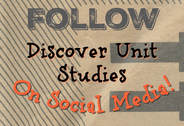|
Teaching Methods & Curriculum Options
What method and curriculum will work best for your family? What are living books? Who or what is Charlotte Mason? And classical conversations, what is this? Is there free curriculum available? Finding curriculum and your method of teaching can be overwhelming because there are so many good options out there for homeschoolers. I'll show you some options that will help you get started on the right path. Curriculum There are many quality curriculum choices for homeschooling families. In addition to some links and ideas below, I recommend two websites to get you started in your search.
|
Preschool To Second Grade
During the first few years, preschool to 2nd grade your child will need much more one-on-one teaching. You should plan to work with him/her each day teaching them their letters, shapes, colors, numbers, how to read, and write. The good thing about teaching this age is it doesn't take very long each day. You can fill in the rest of your daily school time with crafts, nature walks, field trips and reading out loud. I cannot stress how important reading out loud is. I believe it is the key to a strong educational foundation and a love of learning. Let them pick out books and topics to learn about. Read a variety of fiction and non-fiction. Let them color, play with play dough, or do a quiet activity while you read to keep their attention.
Teaching Methods, Styles, Philosophies, and approaches
The method of homeschooling is simply just the way you teach each subject. It is your style of education. Here is a list of the methods I will be sharing with you, this pretty much covers all of them. Use whichever method you feel will work with your family or a mixture of them: unschooling, eclectic, Charlotte Mason, unit studies, lapbooking, notebooking, classical education (also called classical conversations or classical homeschooling), Waldorf, Montessori, internet/ distance learning, traditional, and partial enrollment/ state funded homeschool method.
During the first few years, preschool to 2nd grade your child will need much more one-on-one teaching. You should plan to work with him/her each day teaching them their letters, shapes, colors, numbers, how to read, and write. The good thing about teaching this age is it doesn't take very long each day. You can fill in the rest of your daily school time with crafts, nature walks, field trips and reading out loud. I cannot stress how important reading out loud is. I believe it is the key to a strong educational foundation and a love of learning. Let them pick out books and topics to learn about. Read a variety of fiction and non-fiction. Let them color, play with play dough, or do a quiet activity while you read to keep their attention.
Teaching Methods, Styles, Philosophies, and approaches
The method of homeschooling is simply just the way you teach each subject. It is your style of education. Here is a list of the methods I will be sharing with you, this pretty much covers all of them. Use whichever method you feel will work with your family or a mixture of them: unschooling, eclectic, Charlotte Mason, unit studies, lapbooking, notebooking, classical education (also called classical conversations or classical homeschooling), Waldorf, Montessori, internet/ distance learning, traditional, and partial enrollment/ state funded homeschool method.
|
1. Unschooling
This method is child-led education also referred to as delight directed learning. Child learns at his own pace based on his own interests. Parents provide the child with an educational experience and materials. If they have questions the parent equips him with the tools needed to find the answers. The philosophy is that the child will retain more when allowed to follow his interests. There is no set curriculum or schedule. Each day could bring something new. A very informal approach. 2. Eclectic This approach uses a variety of of curriculum and methods accomplish educational goals. Usually one curriculum acts as a springboard. Parents are innovative pulling in many different projects, books or other resources to create a unique individualized curriculum. A little of this and a little of that approach. 3. Charlotte Mason This method was founded by Charlotte Mason, an English woman who started the homeschool movement. It places high value on the development of good character and habits. It is strong in classic literature, classical music, arts, and poetry. Incorporates all core subjects. Uses dictation and copywork. Encourages lots of time in nature. She dubbed the name "living books" which refer to books of high quality where students learn from real-life stories kids can connect with. Many books now days fall into this category. There are many support groups and Charlotte Mason communities. Resources:
4. Unit Studies A unit study incorporates all or most subjects under one theme to create unity in a natural learning environment. Although math can be incorporated, it is usually taught separate. They use a lot of hands-on activities, art and projects. Unit studies purpose to use all learning styles. They learn through their senses which helps them remember what they have learned. You can tailor their school based on their skills, abilities and interests which Keeps their attention because you can change it up or keep spider-webbing on related themes if they are enjoying it. You can teach multiple ages by increasing or lowering the reading and writing to fit each child's abilities. They can be short or long, quick or complex. And best of all your child can choose what they want to learn about which gives him a natural motivation and a love for learning. If your child has an interest in pirates they would read books about them, do related art projects, games, writing assignments, geography, and hands-on activities. As my website suggests, I love unit studies and so do kids! I have taught hundreds of children and I have yet to meet one who does not like them. If you don't know what a unit study is then you should read my What is a Unit Study? page. Unit studies can incorporate other methods such as lapbooking, notebooking, Montessori, and delight directed studies. This is why it is my method of choice because its so versatile and appeals to a wide audience. 5. Lapbooking This method uses file folders put together in a specific way that makes a book, some may even open in many directions. Students cut out and glue interactive minibooks and pockets onto the pages. The minibooks can be a variety of shapes and sizes that are sometimes folded in a creative way. Students can record information learned onto the minibooks. Each lapbook has a theme. A child reads books on that theme to find information to write onto the minibooks. This approach is very creative and hands-on. Lots of cutting and gluing. Its similar to scrap-booking except instead of photos students use minibooks and pockets. my favorite free source for lapbooks is www.homeschoolshare.com. 6. Notebooking This method uses a notebook to record information. The notebook could be a blank drawing book, lined spiral notebook or printed pages with a template that has borders and boxes for students to record what they have learned. It is similar to lapbooking and unit studies in the fact that they usually follow a delight directed theme. Student finds information by researching. They have the freedom to doodle, sketch, trace, write, or draw what they learned in a creative way. I like to throw in this method on occasion just to change things up a bit for a lesson or two. Plus its super easy because there is little planning involved. Just simply pick a book, read it, and write some interesting facts or draw some pictures. 7. Classical Education (also called Classical Conversations and Classical Homeschooling) This method teaches children using 3 stages: Grammar- memorization stage, Logic- "why" stage, and Rhetoric- a stage where students apply what they have learned. It has a heavy focus on memorization. This method began in the middle ages and was the approach used by some of the greatest minds in History. There are many support groups and Classical Conversation communities you can join for this method. Resources:
8. Waldorf This method was developed by Rudolf Steiner in 1920. Lessons consist of 2-3 week-long-units in which all subjects are taught. Each unit has one theme like unit studies. Incorporates the study of art, music, and nature appreciation. Stresses the importance of educating the whole child, body, mind, and spirit. Children create their own books using this method. And it discourages the use of television and computers. Uses themes such as fairy tales, folktales, fables, stories of the Saints, Bible stories, Native American legends, middle ages, renaissance, and modern world. 9. Montessori This method focuses on creating a stimulating environment for learning. It is based on the works of Maria Montessori, an Italian Doctor who developed this philosophy for education. Parents/teachers manipulate the environment and choose games and learning material that stimulates a child's 5 senses catering to all learning styles. There are no exams for grades. Classrooms or homes have a natural learning environment that encourages self motivation, self discipline, and self direction. Multi age learning. Parents/teachers roll is to maintain the environment, demonstrate activities and observe children as they freely explore. Resources:
10. Internet/ Distance Learning (also called umbrella schools, independent study programs, virtual or cyber schools, or learning centers) This approach uses internet or virtual classrooms where students log into a portal and "have live class sessions". Students can usually see and hear the teacher. Students communicate with the teacher and other students using instant messaging or speak into a microphone where everyone in the class can hear on occasion. This approach uses lecture, video, textbook, workbook, and test taking activities. Many of these distance learning schools are accredited which mean they have high standards that meet state educational requirements. Many classes focus on college prep, some even offer college credits. Resources:
|


